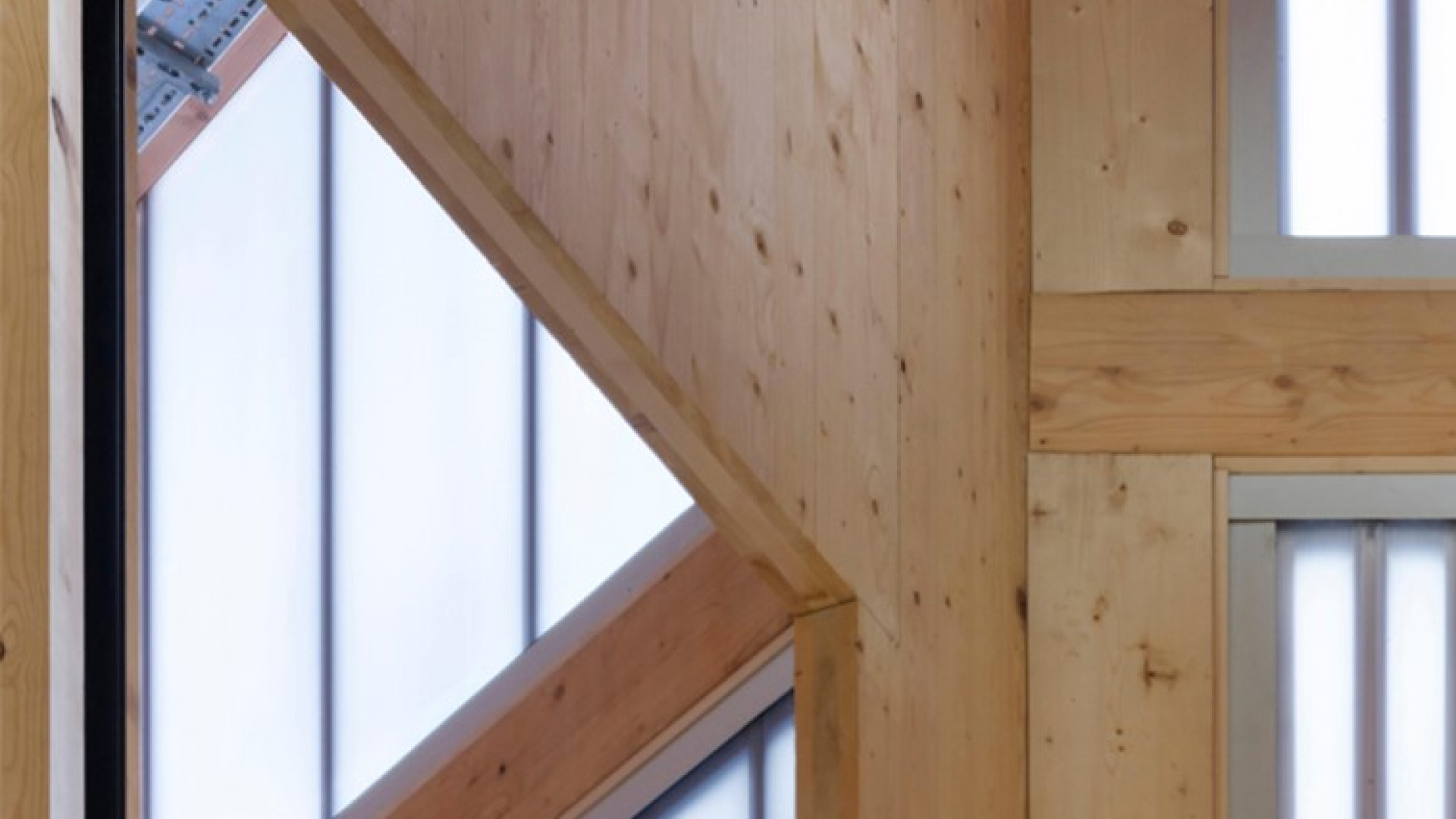Hinged Doors
Windows
Complementary
Hit enter to search or ESC to close
Learn the pros and cons of wooden skyscrapers

The world's tallest wooden skyscraper has been planned in Tokyo, and could be as high as 70 storeys. While a hybrid of wood and steel, Sumitomo Forestry's building (dubbed W350) will be 90 per cent timber and is slated for construction in 2041.
Similar structures exist here in New Zealand, although not nearly as tall. The iconic Oldins Building in Petone, Wellington, for example, was at the time of construction the second-largest timber construction in the southern hemisphere at a modest four stories - second only to the old Wellington government buildings. We know Sir Bob Jones is planning to build the world’s tallest wooden office tower this decade in Wellington. Standing 52 metres tall, it is due to be completed in 2018. But all this talk begs an important question: Why build with timber high-rise construction at all?
Today, we examine both sides of the debate, and what Kiwi architects should know.
Pros of wooden high-rises
We've identified three important pros for timber skyscrapers:
- Sustainability.
- Workability
- Growing prefab industry.
1. Sustainability
Timber is widely considered a better environmental option for construction. Significantly less carbon is produced during the manufacturing of wood compared to more energy-intensive materials, says Dr Scott Breneman, a senior technical director for US-based WoodWorks.
Wood also locks carbon, a process called carbon fixation - as a tree, it absorbs carbon, and so long as it doesn't rot or burn, that carbon remains locked even when the tree is chopped up. W350 is designed to have a carbon fixation equivalent of 8,000 wooden houses (or 100,000 tonnes of CO2).
2. Workability
The inherent workability of timber is one of its most touted features. Timber is fast and easy to build with, typically costing less than concrete or steel. In one example of large timber construction overseas, Kory Knudson, vice president of contracting company Norcon NW, told Building Design and Construction (BDC) Network that had his company used all concrete for one of its recent Seattle projects, the build would have cost 30 per cent more.
Additionally, Norcon NW's structure went up much faster than a similar sized concrete and steel hotel nearby.
"They had a lot of on-site welding, but by using wood, we were able to work through all types of weather," said President of Norcon NW Joe Hanley, also to BDC Network.
New cross-laminated timber fire tests back proponents of high-rise wood structures https://t.co/Q7YktGoFk5 pic.twitter.com/yFDt1T3oqr
— BD+C Magazine (@BDCNetwork) October 21, 2016
3. Prefab options available
Prefab construction is a growing industry here in New Zealand, particularly thanks to cross-laminated timber (CLT) manufacturers like Xlam. Though mostly in use in low-statured buildings, CLT high rises could be a cost-effective, and structurally sound, way to build upwards.
CLT is already in use around the world for this purpose - in Australia, the 52-metre 5 King building in Brisbane (due to be completed by the end of 2018) is made from both CLT and glue-laminated timber to gain the same strength as steel or concrete (with less of the environmental impact).
Cons of wooden skyscrapers
Despite the benefits, many have worries about timber framing for high-rise buildings. These are three of the cons:
- Safety.
- Current limitations.
- Investment risk.
1. Safety
"How might we minimise the risk of chain saw attack?" asks Chris Ammundsen, lead structural engineer behind 5 King Street, to The Guardian.
And that's just one (albeit more imaginative) question of safety. Another important area is fire safety - where more research still needs to be conducted. Particularly after events like the London Grenfell Towers, many are worried that timber skyscrapers are a disaster waiting to happen.
That said, many are excited by wood for its earthquake safety potential, as it's less likely to buckle.
2. Limitations
Though timber is strong, it's not steel. Even W350, which is a timber milestone by all accounts, still blends steel into its bracing structure to provide stability. Legislation around the world and at home in New Zealand needs to change if higher timber constructions are to be permitted.
And as for habits, "radically different building style" is one inhibitor of CLT innovation, explains Xlam's Nick Hewson to The Guardian. In Australia, he says, builders are used to dealing with project requirements as they arise, rather than gathering all materials on-site ready to be used immediately. New Zealand is in the same boat.
The largest #timber #office building in the U.S. will anchor #Newark, N.J. mixed-use development @mgarchitecture https://t.co/adHCvIFEGA pic.twitter.com/NMhSNWmlSC
— BD+C Magazine (@BDCNetwork) February 14, 2018
3. Risky investment
Finally, as with any new construction technology, it's proven difficult to encourage some investors to finance timber skyscraper construction. There's still a lot of scepticism around wooden high-rises from a sound investment standpoint - the technology hasn't been around long enough for financial groups to watch timber projects go up, stand through earthquakes, survive fires and, most importantly, last for decades without suffering rot or other age-related damage.
In conclusion
Most of the timber-related drawbacks in this debate will inevitably be solved with further support and research from key industry bodies, both overseas and here in New Zealand. But, with large timber constructions already in place and more in development, the stage is set for further, perhaps even taller, developments around the country.
If you and your client are open to building tall with CLT, it is worth doing a bit more research into the possibilities. Xlam is leading the way in CLT with innovative marque projects both here and abroad, and companies like Altus Windows are also constantly innovating to make products that reflect the changing market and built environment.
To learn more about our services, contact us today.















